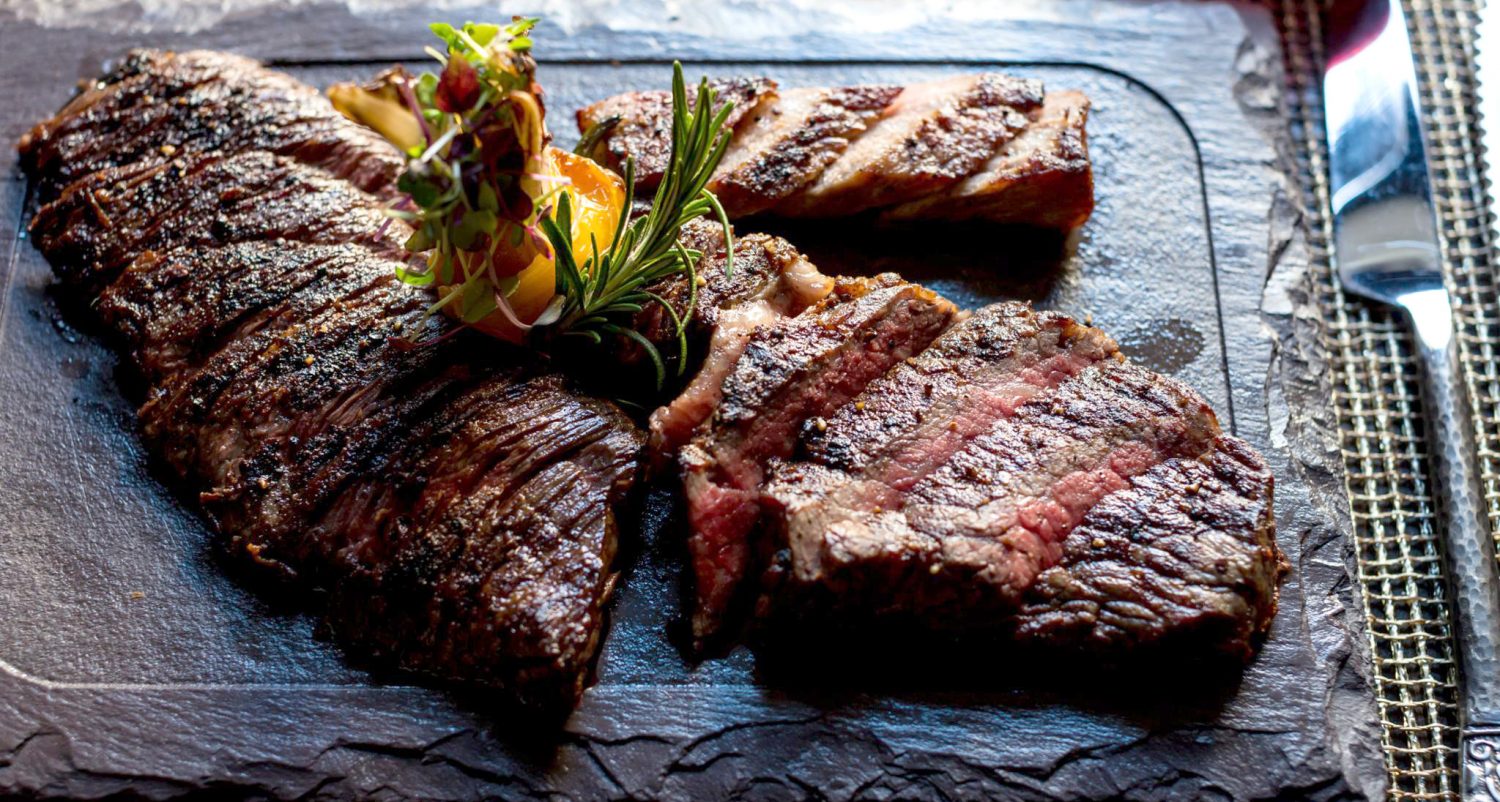Broccoli stems are the discards that should never be discarded. They have the same flavour profile of Broccoli but are milder in flavour than the florets. They also have the body to not go mushy when cooking. Spend some time peeling off the really tough bits of the skin at the bottom of the big stem; use a paring knife rather than a vegetable peeler. The stalks on the flo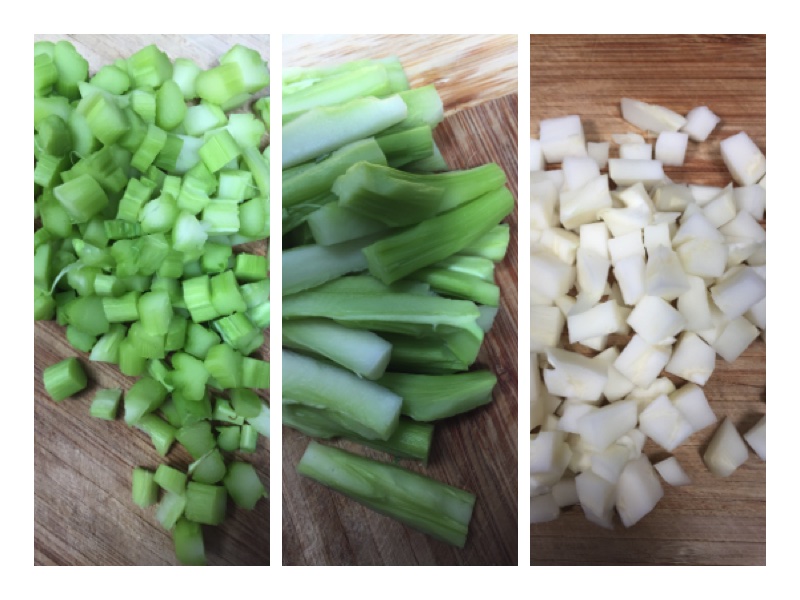 rets can also be peeled. Then the stems are just delicious is all sorts of dishes.
rets can also be peeled. Then the stems are just delicious is all sorts of dishes.
Let us first talk about the peels from Broccoli and Cauliflower stems. They have a very strong flavour if you add them to the scraps to make Vegetable broth described in a different post. However, I save them and make a stock out of them to cook other cruciferous vegetables in like Cabbage or Brussels sprouts.
The stems are absolutely delicious when chopped and added to Vegetable Frittata (fancy term for an omelette); add them to soups chopped up, or to stir frys. My favourite way is to add them to curries; they have enough body to not fall apart during the long cooking the curry has to have.
Chicken Chipotle Chowdah!!

Chowdah, as it is pronounced around these parts, also known as chowder. I had some chicken thighs in the freezer and I needed to put something together quick and one pan. So this was my rendition of a chicken corn chowder.
Ingredients
- Chicken thighs trimmed of fat and chopped half inch chunks
- Boiling potatoes to yield about 1 cup of boiled ½ inch cubes
- 1 fresh Green Chipotle pepper chopped fine
- ½ red bell pepper chopped fine
- 1 Medium onion, chopped fine
- 3 cloves of crushed Garlic
- 2 heaped Tbsp All purpose flour
- 1 cup of Milk
- ¼cup Half and Half
- 2-3 Bay leaves
- 1 tsp ground cumin
- ½ tsp Cayenne
- 1 tsp Chipotle chilli powder
- Salt to season
- 2 Tbsp White wine Vinegar
- Fistful of cooked and crumbled bacon bits.
Directions
- Poach the chopped chicken in water to cover completely with some salt a couple of Bay leaves for about 30 minutes till the chicken is completely done.
- While poaching the chicken skim of the foamy bits that float to clarify the broth that forms.
- While the chicken in poaching, boil the potatoes in salt water till done while still retaining their firmness. Cool in cold water, peel and chop into ½ inch chunks
- Strain out the chicken completely and reserve the resulting chicken stock separately.
- Sauté onions in a Tbsp of butter and some vegetable oil until translucnet and they start taking on a little bit of colour.
- Add the Garlic and continue to sauté for another minute
- Add both the peppers and continue sautéing till the peppers are soft and start to take on some colour.
- Add the flour and continue mixing to cook out the flour flavour and make an in situ roux.
- When the roux has taken on a golden colour add the reserved chicken stock and bring to a simmer. At this point the liquid should be quite thick.
- Add in the cumin, cayenne and one more bay leaf. Season with salt.
- Add the cumin, chipotle powder and the vinegar and mix well
- Thin it out with the milk and heat to boil and simmer for about 5 minutes to meld the flavours.
- Add in the chicken and potatoes and continue till everything is heated up.
- The soup should have the consistency of a thin pancake batter.
- Adjust seasonings and serve with a garnish of Bacon bits and finely chopped scallions
Vegetable Broth from Scraps
Most of the scraps you throw out when prepping vegetables still have quite a few nutrients and some of them have still have falvour left in them. They are a great starting point for a Vegetable Broth. I use this is broth as a starting point for a soup or sometimes even cook rice in it.
The thi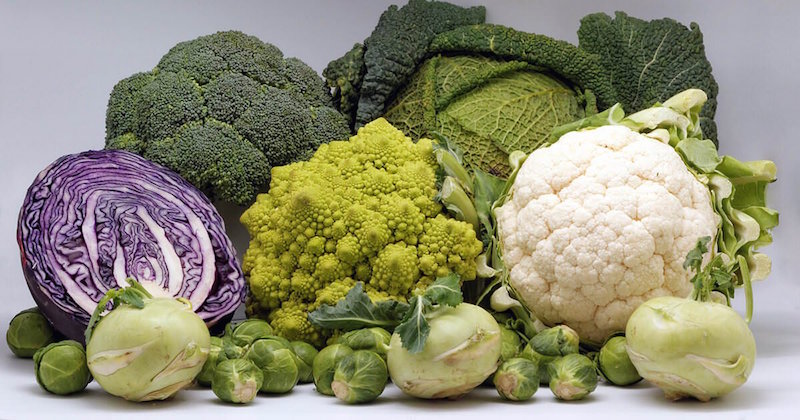 ngs you don’t want to overload the collection of scraps you want to use to make a broth are remnants of cruciferous vegetables; the top of the list mostly found in our kitchens that belong to this group are, broccoli, cauliflower, cabbage of all kinds, regular,red and Napa, brussels sprouts, Collard greens, Kale, Bok Choy and surprisingly, Arugula and watercress fall under this as well.
ngs you don’t want to overload the collection of scraps you want to use to make a broth are remnants of cruciferous vegetables; the top of the list mostly found in our kitchens that belong to this group are, broccoli, cauliflower, cabbage of all kinds, regular,red and Napa, brussels sprouts, Collard greens, Kale, Bok Choy and surprisingly, Arugula and watercress fall under this as well.
Include these sparingly, or not at all. This particular batch consisted of the following scraps
- Carrot peels
- Onion skins and the slightly dry outer layer if any
- Garlic skins
- Parsley stems
- Celery trimmings including leaves at the top and the root ends
- Zucchini aka Courgette trimmings (the central seeds and pith, which go mushy the moment they hit the saute pan) including the ends
- Cucumber skins
- Mushroom stalks (Great to add the umami flaours)
- Tomato trimmings
I had collected these trimmings for about a week in a tightly sealed ziploc bag in the fridge and I had pretty much filled up a Gallon bag full.
Directions

- Add to a stock pot the following
- the trimmings
- 1 whole chopped onion, skins and all
- 3 cloves of garlic including skin
- 10 stalks of fresh thyme
- ~10 staks of parsley (leaves, stems, the lot)
- In a small saute pan dry roast on the stove top the following till they are fragrant
- 8-10 whole black peppercorns
- 2-3 star Anise
- 4 whole cloves
- Add to the stock pot
- Cover with cold water

- Set on a hot stove and bring to a boil. Turn down to a simmer and cover. Continue to cook for an hour
- Turn the heat off and let it cool
- Put it through a coarse collander to remove all of the cooked and exhausted vegetables and then through a finer mesh collander
- The last step is to put it through a strainer lined with a coffee filter. This will remove almost all of the fine particulates and also by this stage no dirt from the original scraps collection will be in the broth.
You will end up with a fat free clear broth with a whole lot of flavour that can be used wherever vegetable broth is called for. I tend to freeze this broth in a muffin tin and then storing the resulting hockey pucks of veggie broth in ziploc bags in the freezer. These are good for 6 months to a year.
Herb Stems, and their use
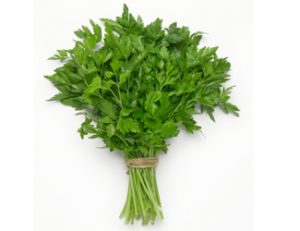 Herb stems get the short shrift when it comes to their use and get thrown out most of the time.
Herb stems get the short shrift when it comes to their use and get thrown out most of the time.
Parley stems (to the left) and Cilantro stems (below) almost always get thrown out. These have a ton of flavour. Wash them and chop them fine and throw them in  wherever you use their leaves as well. In fact, they don’t lose their aroma and flavour as fast as the leaves, So use them early in the cooking and supplement them to wards the end of the cooking process with their respective leaves.
wherever you use their leaves as well. In fact, they don’t lose their aroma and flavour as fast as the leaves, So use them early in the cooking and supplement them to wards the end of the cooking process with their respective leaves.
Chopped Parsley stems work great in soups and stews. I have also puréed them and added them with leaves to make Pommes persillade, which is Pan roasted potatoes with Parsley and Garlic, a classic French Potato preparation. Puréed Parsley stems work great when you want to cut the basil in making a pesto with Parsley; just use a mixture of leaves and stems puréed to add to the Basil in making the Pesto.
Chopped Cilantro stems are a godsend when you are making a curry. I add them early in the cooking process and use them also very heavily when making a curry base. One of the most common bases for Suuth Indian style Green Curry is puréed Cilantro, Garlic, Green Chillies. I add the stem in there on a routine basis.
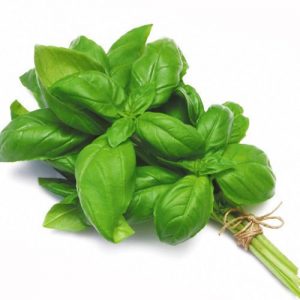
Basil stems, use them in Flavoured oil. Blanche them for twenty seconds in boiling water and immediately plunge them in ice water to stop the cooking. This is just to sterilize the outside of the stems. Dry them completely with paper towels and then put them in a air tight glass bottle with some warm extra virgin Olive oil. Steep them for a ten days to fourteen days and then discard them or purée the oil soaked basil stems and add them to Pesto.
The woodier stems of Rosemary and thyme have less wide ranging uses. However, they 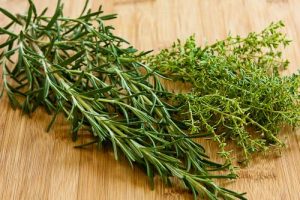 can be added to stews for flavouring. Rosemary needs care since it has piney undertones. However, thyme stems are fine when used in stews. More often than not, I just tie thyme into a bundle with Kitchen twine and use it stems and all and then get them out after the cooking is done.
can be added to stews for flavouring. Rosemary needs care since it has piney undertones. However, thyme stems are fine when used in stews. More often than not, I just tie thyme into a bundle with Kitchen twine and use it stems and all and then get them out after the cooking is done.
So don’t think of them as waste but there are plenty of usefulness in the parts of herbs we are conditioned to throw away. Try using them and you will be surprised.
Don’t throw that out
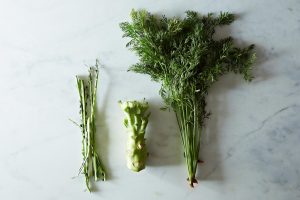 Most of us use vegetables in the kitchen. We have our habits of processing the vegetables, keeping some parts and tossing out others. This post is about two different things; one is that by throwing out some parts we may be losing out on the flavours contained there in, and the other is that it extends the use of the ingredient and actually contributes to frugality. It is the case of use as much of the ingredient as possible, along the lines of eat all parts of the butchered animal ethos. So I am also going to include these posts under the “Frugal Eating” Category.
Most of us use vegetables in the kitchen. We have our habits of processing the vegetables, keeping some parts and tossing out others. This post is about two different things; one is that by throwing out some parts we may be losing out on the flavours contained there in, and the other is that it extends the use of the ingredient and actually contributes to frugality. It is the case of use as much of the ingredient as possible, along the lines of eat all parts of the butchered animal ethos. So I am also going to include these posts under the “Frugal Eating” Category.
One classic example is Broccoli. We cut the florets to steam and all of the stalks get tossed away as debris. At best, they are thrown on the compost heap. The same thing happens with Cauliflower stalks.
This practice is even more prevalent when we look at Herbs. Parsley is a classic example; we use the leaves and the entire pile of stems hits the garbage. The same happens to Cilantro and to Basil.
I will treat each of these ingredients and give them their due in separate posts.

